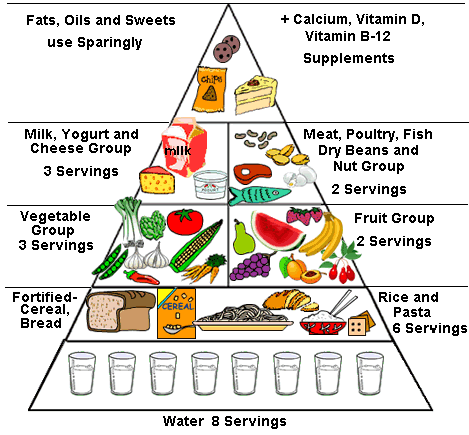What is the Dash diet?
It is an estimated 68 million adults in the U.S. have high blood pressure. Not only is it the leading cause of death, but also increases the risk for heart disease and stroke. The good news is, there are steps that you can take to prevent high blood pressure and hypertension and it is treatable if your blood pressure is already high.
The DASH diet ( Dietary Approaches to Stop Hypertension) is a dietary approach developed by the (U.S. based) National Heart, Lung, and Blood institute, and was recently voted the healthiest diet in the U.S. by a panel of independent doctors. The effectiveness of the diets are rated according to seven categories: safety, ease at which it can be followed, nutritional value, short-term weight loss results, long-term weight loss results, prevention and management of Diabetes and the prevention of heart disease.
Endorsed by the American Heart Association, the DASH diet is scientifically prove to noticeably lower your blood pressure and cholesterol, works well to ward off diabetes and reduces the risk of heart disease and strokes. Through its strategic response to the prevention of Hypertension, those on the diet have shown a steady loss of excess weight, which has led to its huge popularity as a weight-loss diet. While not initially designed as a weight loss program, the strategy has shown an average loss of around 5lb. in the first two weeks, with a follow up of between 10 lb. and 35 lb. over the next two months. Results will vary from person to person.

The key to the DASH diet is to focus on the foods you prefer but choose lean proteins and healthy fats so that your feel full, and helps control your appetite so you don’t feel left unsatisfied. Basically, it’s eating foods we’ve been told all along that are good for you, and in proper portions.




 We're committed to bringing you the best in health and helping you discover the wonderful world of the DASH diet. If you're looking to control your blood pressure, hypertension, or just looking to get into great health, we're here to help.
We're committed to bringing you the best in health and helping you discover the wonderful world of the DASH diet. If you're looking to control your blood pressure, hypertension, or just looking to get into great health, we're here to help.



